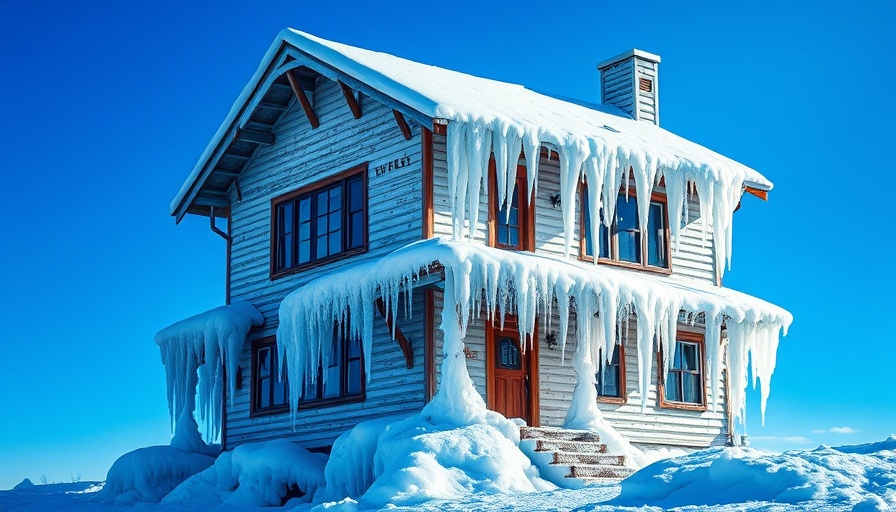
Beat the Heat: Sustainable Ways to Cool Your Home
As summers heat up each year, keeping your home cool can feel like a daunting task, especially as energy costs continue to rise. Data shows that the Urban Health Collaborative at Drexel University has confirmed that summers are indeed getting hotter. For those relying solely on air conditioning, the financial burden can be overwhelming. However, there are effective strategies to maintain a comfortable home climate without breaking the bank. Here’s how you can keep the chill in the air while remaining considerate of your wallet.
Understanding the Role of Insulation
One of the most effective first steps in maintaining a cooler home involves proper insulation and air sealing. According to home insulation expert Uri Pearl, adding or upgrading insulation is crucial when it comes to managing temperature extremes throughout the year. Insulation acts as a barrier against heat transfer, ensuring that your home remains comfortable both in winter and summer. Think of it as your home’s protective layer against the external temperature, allowing other cooling techniques to be more effective.
Fan Power: A Simple Solution
Don’t underestimate the power of fans. They are an incredibly efficient way to create a cooling breeze in your home. Installing ceiling fans and running them in a counterclockwise direction can circulate cool air downwards, enhancing comfort. Beyond ceiling fans, consider using exhaust fans in your kitchen and bathroom to push out warm air, allowing cooler air from outside to enter. Positioning box fans strategically in windows can further expedite this cooling process during hot summer evenings.
Timing is Everything: Adjusting Cooking Habits
Did you know that cooking at certain times can heat up your home considerably? Avoid using large appliances, which emit significant heat, during the hottest parts of the day. Instead, wait until evening or consider outdoor grilling, a perfect summer activity that also keeps the heat outside where it belongs. Additionally, air drying clothes outside not only enhances your laundry’s freshness but saves energy as well, further reducing your household’s heat output.
Embrace the Night for Better Airflow
Take full advantage of cooler evening temperatures by opening windows at night. This natural ventilation method, known as night-flush ventilation, allows for the refreshing nighttime air to circulate throughout your home. It also has the added benefit of promoting more restful sleep. If you’re concerned about insects, installing screens or positioning indoor fans to push air out can be effective solutions.
Block the Sun: Create a Cooler Interior
Direct sunlight can significantly heat your home, so consider ways to block out the sun. This can include using thick curtains or blinds during peak hours to keep indoor environments cooler. Also, planting shade trees around your home offers a sustainable way to reduce direct sunlight and promote energy savings in various seasons.
Looking Ahead: The Importance of Sustainable Living
By implementing these tips, you'll not only enhance your home's comfort but also promote a more sustainable lifestyle. Cooling your home doesn't have to lead to exorbitant energy bills or high carbon footprints. Instead, these strategies offer a path towards a more eco-friendly and financially sound approach to maintaining a comfortable living space.
Remember, small changes can make a big difference not only in keeping your home cool but in conserving energy and reducing costs. Apply these practical tips today to create a more pleasant environment for yourself and your family!



Write A Comment